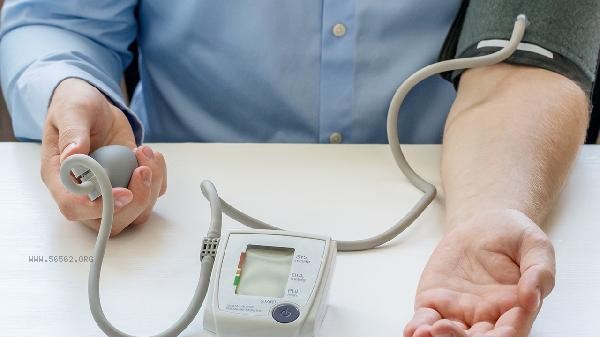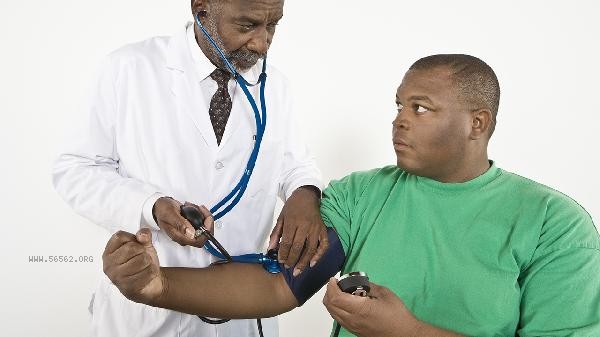Positional hypotension is a symptom caused by a sudden change in position leading to a sudden drop in blood pressure, commonly manifested as dizziness, darkening of the eyes, or even fainting. Improvement methods include adjusting lifestyle, strengthening exercise, and necessary medication treatment.

1. Causes of orthostatic hypotension
Orthostatic hypotension is mainly related to abnormal blood pressure regulation mechanisms. When the human body suddenly stands up from a lying or sitting position, blood is concentrated in the lower limbs due to gravity, and the blood pressure regulation system fails to respond in a timely manner, resulting in insufficient blood supply to the brain. Common reasons include:
physiological factors: decreased vascular elasticity and weakened blood pressure regulation ability in elderly people.
Pathological factors: such as diabetes, Parkinson's disease and other diseases affect the nervous system function.
Drug effects: Antihypertensive drugs, antidepressants, etc. may cause blood pressure fluctuations. Dehydration or anemia: Insufficient blood volume can exacerbate blood pressure drop.

2. Methods to improve orthostatic hypotension
Lifestyle adjustment is the key to preventing orthostatic hypotension. It is recommended to avoid sudden changes in position and sit up for a moment before standing up when getting up. Increasing salt and water intake can help improve blood volume, but it should be done under the guidance of a doctor. Moderate exercise such as jogging and swimming can enhance cardiovascular function and improve blood pressure regulation ability.
3. Medication Treatment and Adjuvant Measures
For patients with severe symptoms, doctors may prescribe medications such as dexamethasone, midodrine, etc. to help raise blood pressure. Wearing elastic socks can reduce blood stasis in the lower limbs and improve blood supply to the brain. Regularly monitoring blood pressure and recording changes in symptoms can help adjust treatment plans. Although orthostatic hypotension is common, it can be effectively relieved by adjusting lifestyle, strengthening exercise, and necessary medication treatment. If dizziness or fainting occur frequently, seek medical attention promptly to identify potential illnesses and ensure health and safety.









Comments (0)
Leave a Comment
No comments yet
Be the first to share your thoughts!